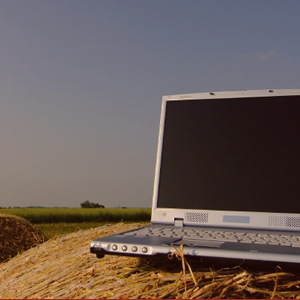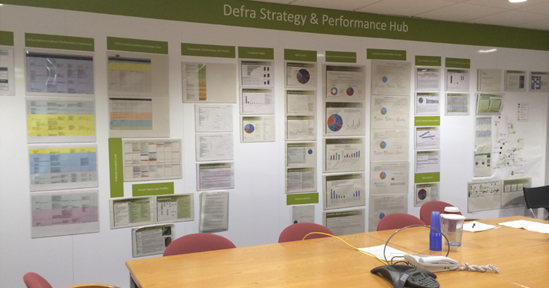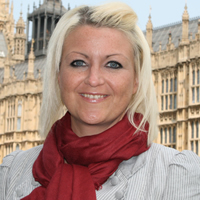Chapter 3
DEFRA – Building a best practice measurement approach

The Department for Environment, Food and Rural Affairs (Defra) is a UK Government Department responsible for issues like flood prevention, air quality, food standards, sustainable agriculture, rural broadband and food exports and it has created a recognised approach to its communications measurement and evaluation.
In the past few years Government Communications has seen extensive changes in the PR profession in terms of its upskilling, a shift towards digital campaigns and the way communications are evaluated to ensure value for money for UK tax payers.
Skills
Many of Defra’s campaigns are digital so they are often low cost or no cost. Therefore the skills requirements are now around social media engagement, monitoring, measuring and reporting, along with skills in digital campaigning.
This means that recruiting communications professionals now involves ensuring they have analytics skills to evaluate communications against SMART objectives. They will be expected to demonstrate the results of their communications and how these contribute to business objectives.
This is taken very seriously as a professional requirement and both digital and evaluation skills are in all Government Communicators’ personal objectives; if capability is not developed in these fields, individuals will be ineligible for promotion. And of course, the more demonstrable the value of communications, the more we will be valued as skilled professionals; so it is important to attract the right skill sets.
Digital and evaluation
Defra’s approach to digital campaigns is to use the Government endorsed Social Media Measurement Framework that the International Association for the Measurement and Evaluation of Communication (AMEC) published in 2014. Defra then uses Gorkana Social Media Pro to track social media sentiment, volumes, influencers and spikes and combined with data from other sources this demonstrates trends and increases in campaign engagement. It also provides insight into what stakeholders’ and the public’s views are on topics which are important to Defra. Often this uncovers channels and messages that worked well and others that didn’t, so that future communications efforts can be deployed with maximum effectiveness.
Latest technology enables the array of social media metrics and web analytics to be integrated into big data and to be used to identify trends and measure communications impact. But all this information can be confusing; so Defra introduced a Performance Hub as part of a cross-Government programme.

This hub is the command centre for planning, horizon scanning, comparison of campaign results and ensuring alignment to business objectives. Defra uses this to report internally on whether the target audience has taken the desired action such as: changed recycling behaviour, applied for a farming funding scheme or signed up to a flood alert. All of this insight and factual data informs Defra’s policy and the immediate and future decisions of its communications teams.
Measurement
In order to prove the value of its communications to Ministers and Senior Government Officials, Defra moved from simply measuring output activities (how many press releases were issued, how many column inches were achieved and how many tweets were posted) to measuring metrics that demonstrate real business impact, such as behaviour change and a demonstrable increase in awareness.
Defra’s measurement strategy has four key components:
- a real-time early warning system based on public and stakeholder social network emerging issues, which provides alerts when any of Defra’s 70 key topics starts to gain an increase in conversation in social networks, i.e. that the issue is about to become widely discussed compared to the normal benchmark level for that topic. The aim being that Defra evaluates topics relevant to its remit to gain insight into public views/angles, identify early issues starting to increase in conversation volume, understand where conversations are taking place, gain additional preparation time and therefore be able to directly engage in real-time conversations in the right channels.
- tracking Defra-related topics in the media, social networks, web, via stakeholders and through Defra’s call centre and correspondence unit and continually measuring campaign success against key metrics
- a dashboard display and reporting function that includes planning, evaluating Defra’s campaigns and summarising public and stakeholder views in relation to Defra-related topics.
- use of outside sources such as statistics on exports, recycling and farming to provide a fuller picture.
Measuring in this way leads to valuable insights and enables campaigns to be successfully targeted, be more effective in reaching the right audiences in real-time, in the public’s channel of choice and tailored to reflect the issues that the data reveals to be important to the audience.
A video of a Defra measurement case study is available on AMEC’s website: http://amecorg.com/social-media-measurement/framework/
 Elayne Phillips
Elayne PhillipsHead of Research and Evaluation, Communications Group, Department for Environment, Food and Rural Affairs (DEFRA), UK Government and a director of AMEC